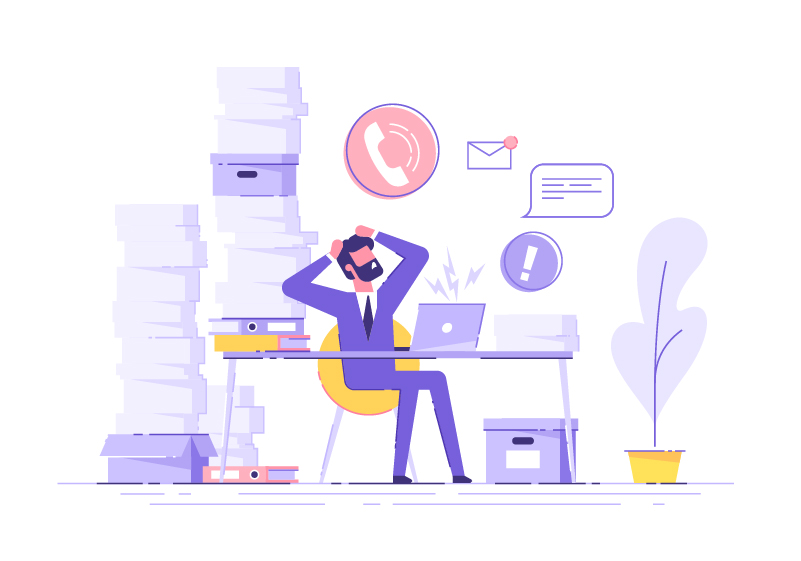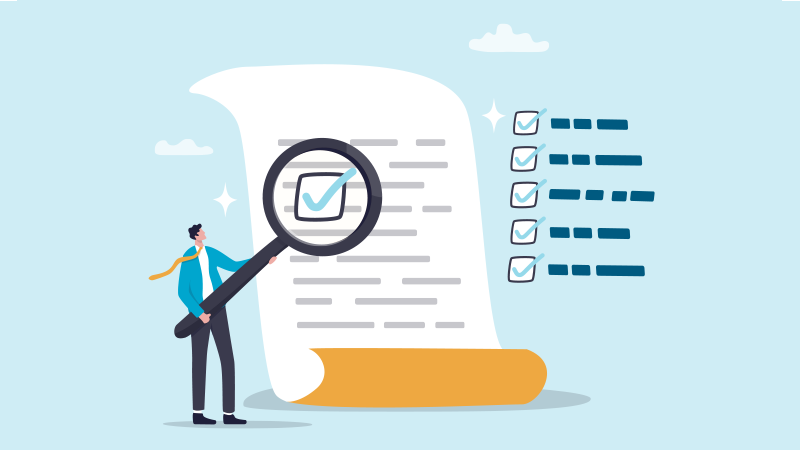
Midway into 2023, having survived all the personal and professional challenges thrust upon us by a multiyear pandemic, increasingly toxic politics, doom scrolling, ubiquitous social media, stubbornly high inflation and just navigating the uncertainties of relationships and everyday life, it’s no wonder that many of us report living and working in a constant state of stress!
According to the World Health Organization, stress can be defined as a state of worry or mental tension caused by a difficult situation. It’s a normal reaction to various pressures. While everyone experiences stress to some degree, it manifests differently in different people, both emotionally and physically. Keep in mind, that means in ways both seen and unseen. Sometimes we don’t even recognize when it’s influencing our behavior.
While we all feel stressed now and then, there’s a distinction between healthy stress – that which is natural and can even assist with our personal and professional growth, and unhealthy stress, which over time, has been proven to contribute to life-threatening illnesses and conditions.
When unmanaged, chronic emotional stress is linked to six leading causes of death including heart disease, cancer, lung ailments, accidents, cirrhosis of the liver, and suicide, according to the American Psychological Association. Less severe, but very common manifestations include elevated blood pressure, loss of sleep, a weakened immune system, mood swings, and upper gastrointestinal symptoms.
Have you ever experienced physical symptoms brought on by emotional stress? Did you recognize the cause at the time? Because everyone experiences stress differently, it’s worth taking some time to think about and identify your own personal stress triggers and how you react or respond.
How we deal with stress at work is integral to our mental health and physical well-being. The first step is to identify and define exactly what causes you stress at work. Don’t think too broadly here: Be specific! The more clearly you define it, the more likely you are to apply the appropriate coping mechanism or solution. Some common examples of workplace stressors are:
Stress can manifest itself in a variety of ways. Some ways may seem more obvious than others. It’s important, as we work on optimizing our well-being, that we learn the various ways in which stress may make itself known to us. Here are some examples of ways stress can manifest itself:
A wise man once told me that when we say, “we don’t have time” for something, what we really mean is, “it’s not a priority.” Let that sink in. We all have the same number of hours in a day. The key is how we use them. Keep that in mind as you read the tips below. Prioritizing these practices is an investment in the health of your most valuable resource…YOU!
As firm leaders, it’s important to acknowledge your role in your team members’ overall well-being.
Firms that intentionally implement supportive strategies to reduce workplace stress such as these enjoy the following advantages:
You can be a vital resource to help your team members better manage workplace stress and navigate it in a healthier, more optimal manner. Here are some tips to help you do just that:
Creating a healthy and supportive work environment is essential to reducing stress in the workplace and can help your employees feel valued and supported while also improving overall team morale. Ultimately this will lead to improved employee engagement and loyalty as well as healthier team members with higher productivity rates. Start implementing these strategies today for an effective way of promoting mental clarity throughout the office!



